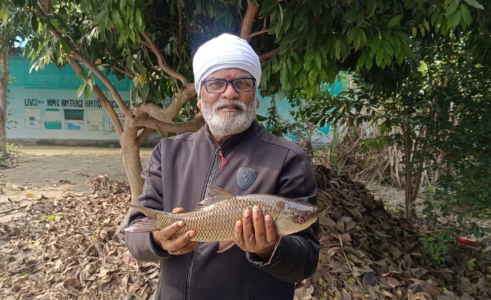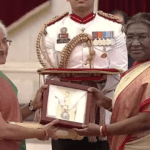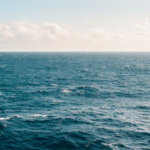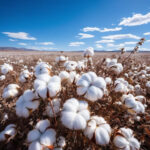Aquaculture is an ancient practice, but its modernization and profitability have often been underestimated. However, individuals like Kailash Narayan Singh are changing this narrative through their innovative approaches and dedication. This article delves into Kailash’s journey, his contributions to the aquaculture industry, and the potential for aquaculture to be a lucrative business venture.
Kailash Narayan Singh’s Journey
Background and Early Career
Belonging to a farmer’s family, Kailash initially pursued businesses in carpet-making, medicines, and water purifiers. Despite his diverse entrepreneurial ventures, he eventually found his calling in fish farming at the age of 58 in 2019.
Transition to Fish Farming
Driven by a desire to diversify aquaculture beyond coastal regions, Kailash established an in-land aquaculture business in Varanasi. To equip himself for this endeavor, he attended numerous webinars and extensively researched fish-rearing practices.
Promotion of In-land Aquaculture
Training Farmers
Kailash Narayan Singh has imparted training to over a hundred farmers, with a significant participation of women. He emphasizes the ease of fish farming when approached scientifically.
Marketing Tactics
With a keen eye on market demand and production costs, Kailash ensures a balance that allows him to sell fish profitably.
Fish Farming in Varanasi
Challenges Faced
Establishing in-land aquaculture in a non-traditional region presented challenges such as infrastructure development and climate adaptation.
Success Factors
Despite challenges, Kailash Narayan Singh’s business has grown substantially, indicating the viability of in-land aquaculture.
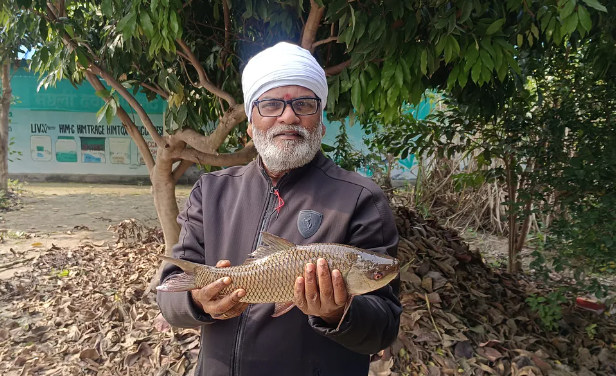
Img Src:-thefishsite.com
Fish Farming Practices
Cost Analysis
Kailash Narayan Singh’s cost per kg of fish and retail pricing strategy demonstrate a sustainable and profitable approach to fish farming.
Fish Rearing Techniques
Utilizing the Recirculation Aquaculture System (RAS), Kailash can rear fish on three cycles, optimizing production on limited land.
Recirculation Aquaculture System (RAS)
Definition and Functionality
RAS enables efficient water recycling and high-density fish culture, requiring minimal land area.
Establishment Process and Subsidy
Kailash received a 40% subsidy from the government for establishing an RAS, making it a viable option for marginal farmers.
Overcoming Challenges
Temperature Regulation
Maintaining optimal water temperature, particularly in colder regions, has been a recurring challenge for Kailash.
Disease Management
Ensuring fish health through clean water and adequate medication has been hindered by a lack of awareness and accessibility.
Future Prospects
Industry Expansion
Kailash envisions a pan-India fish farming industry, emphasizing the need for better infrastructure and research investment.
Infrastructure and Research Development
To realize the potential of aquaculture, Kailash advocates for decentralized facilities and local research centers.
Click here For More Success Stories
Conclusion
Kailash Narayan Singh’s journey exemplifies the transformative potential of aquaculture when approached with dedication and innovation. His story inspires others to consider aquaculture as a profitable business venture.
FAQs
- Can anyone start a fish farming business?
- With proper research and training, anyone can venture into fish farming.
- What are the key challenges in fish farming?
- Maintaining water quality, disease management, and market fluctuations are common challenges.
- Is fish farming profitable in non-coastal regions?
- Yes, with the right approach and infrastructure, in-land aquaculture can be profitable.
- How can farmers access training in fish farming?
- Farmers can attend workshops, webinars, and seek guidance from agricultural departments.
- What is the future outlook for the fish farming industry?
- The industry has immense growth potential, especially with advancements in technology and research.
